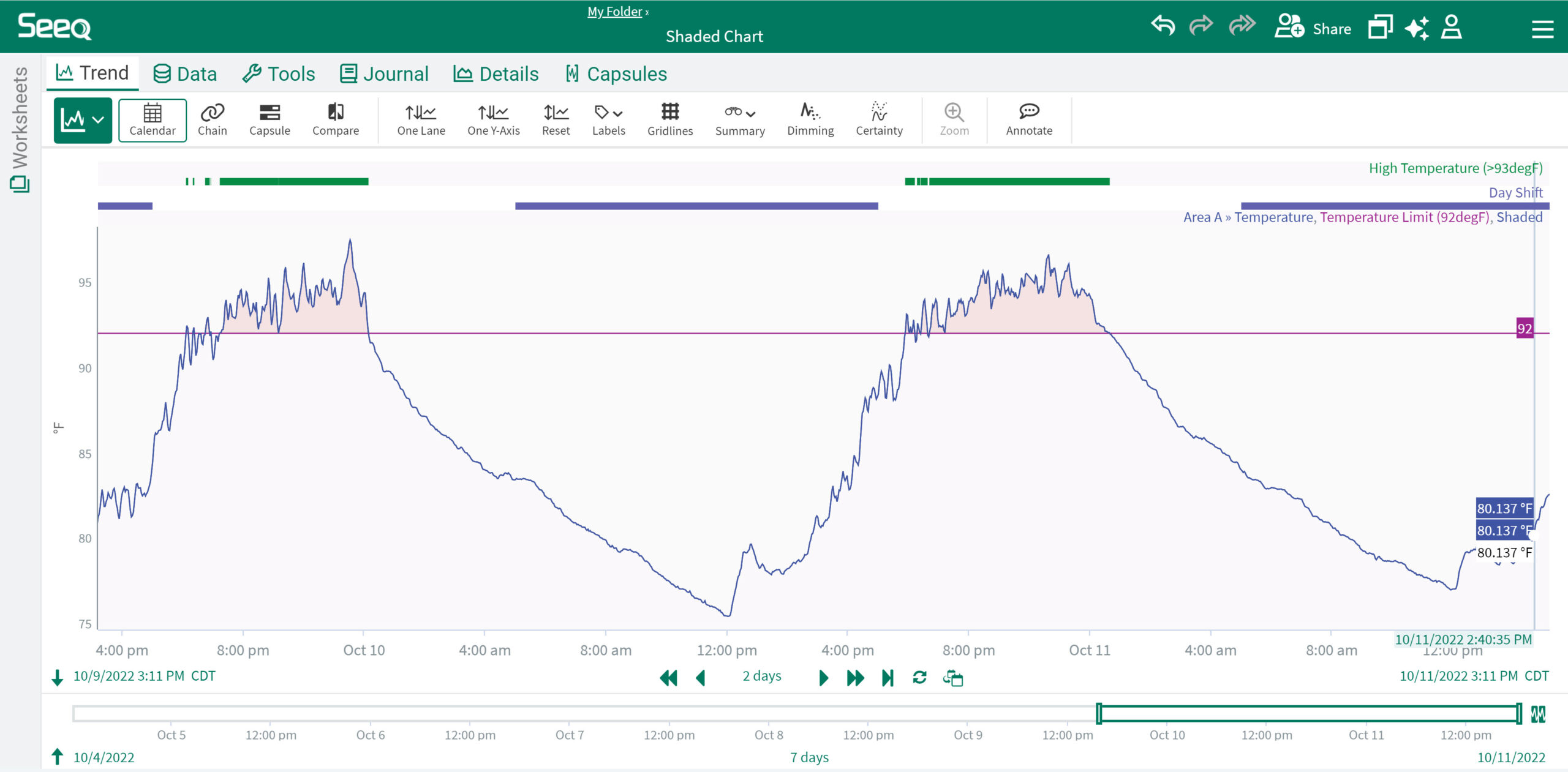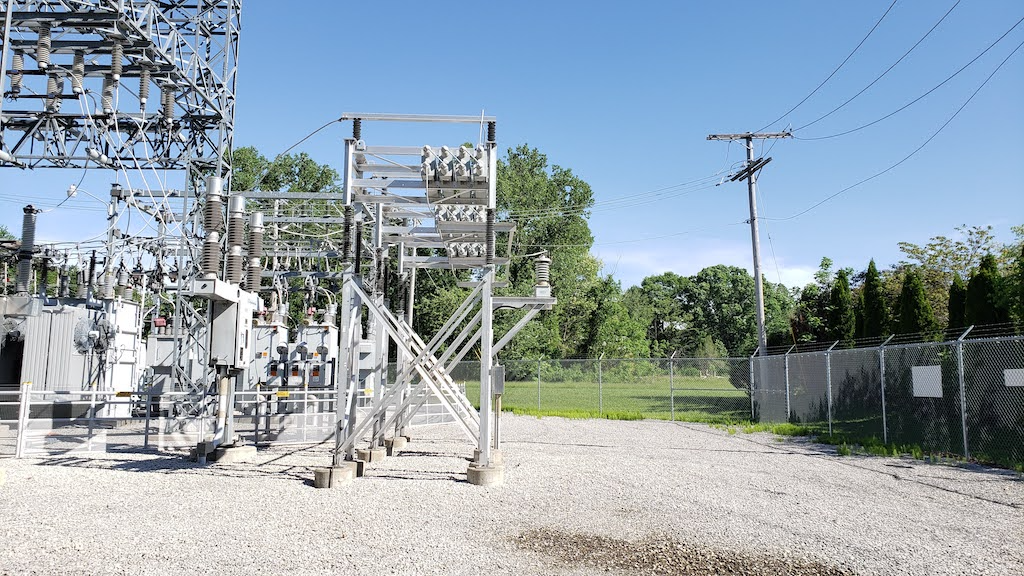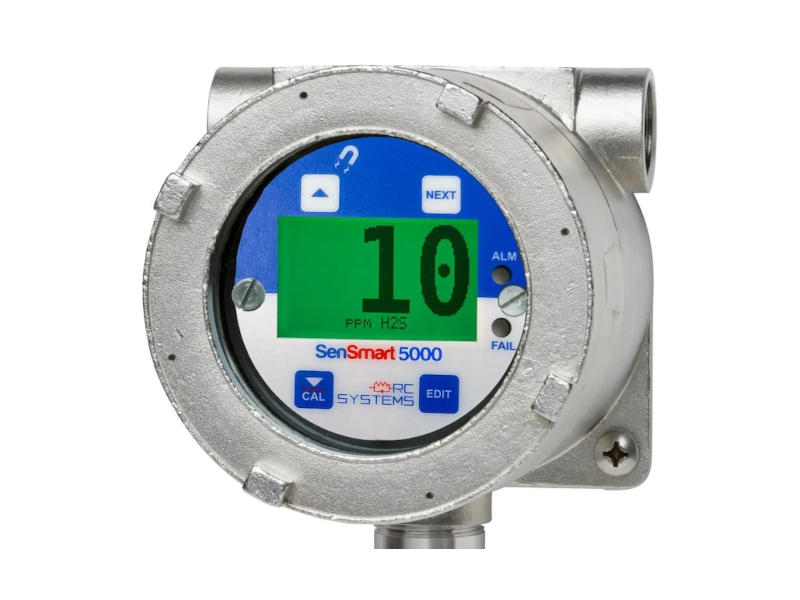How do we gain control of our business problems? Business consultants are regularly retained to answer this question by either improving or defining a multitude of options.
How do we gain control of our business problems?
Business consultants are regularly retained to answer this question by either improving or defining a multitude of options. Most of these options belong to the family of complex relationships that are associated with work process control (WPC) or that affect work control. How have these processes evolved? What are the basic steps involved in WPC? What computer-based data-system enhancements are important for improving work process control?
Before these questions can be answered, we must first ask what WPC means? One common definition is “a formal, documented, systematic approach for gathering data and data metrics, or measurements.” These metrics are applied to a specific business for the purpose of lowering costs through reduced equipment breakdowns, increased productivity, and work safety improvements for employees.
What a mouthful! And the confusion is heightened by the constant infusion of terminology from the computer and business worlds. At the same time, management lobbies for initiatives to make incremental business improvements. In this ever-changing world, how does one get the proverbial handle on the inputs and outputs that govern the paths to successful work process control?
Setting the stage
To answer this question, we must examine existing work order systems and determine what is common in plants across the country. Then, we must look at the basic functions and inputs to closing the loop of process control. The major departments that facilitate (input) or are facilitated by (output) WPC are shown in the figure. The illustration also lists the major steps of WPC. By evaluating how WPC applies to your organization and by analyzing the capabilities of today’s software, you should be able to determine what programs and systems are applicable to your business.
Today’s business needs primarily are met by client/server computer tools that address the issues surrounding maintenance work process control. Sophisticated tools that have evolved from computerized maintenance management systems (CMMS) have had myriad results. As management initiatives become more complex and are deployed to all levels of an organization, the tools required by maintenance must also become more sophisticated to meet the higher level of expectations.
CMMS programs typically lack the supply-side management tools required for the new management initiatives. However, the next generation tool currently being introduced, the enterprise asset management (EAM) system, appears to address all the links needed to finally achieve seamless data integration across the organization. All the factors that affect a business both internally and externally can now be planned, scheduled, executed, and evaluated through one data system rather than by comparing data from one system to another or by attempting to link multiple systems.
As business examines and compares the improvements that have resulted from migrating from manual methods to CMMS to EAM systems, improvements are also needed in WPC to meet higher requirement levels.
The six steps
Fancy tools alone will not bring success unless the basic steps for controlling work processes are defined and matched to the organizational roles and responsibilities of the business. What is really needed to make these tools work? The bases for WPC are the steps for entering, storing, and retrieving work tasks. These steps are generally accomplished with some type of computer-based system.
1. Initiate work. The process begins when a deficiency (or work requirement) is identified and a work request is created to perform a task. The struggle also begins here with such questions as “Who can request work?” and “Where is the request sent?” Starting the workflow is far more complicated than it appears for two reasons.
– First, how much computer equipment is needed? And how extensive is the network already deployed versus how much must be installed for remote field locations?
– The second issue deals with the term “span of control.” Simply put, some internal organizations do not like to lose control of who can start the work flow process. Multiple organizational structures compound the confusion. Diluting the first step is often fatal to executing the planning and scheduling steps of the process.
2. Plan work. This step explains how the process comes full circle if all WPC steps are properly executed. What sounds simple may not be unless the whole organization is committed to the goal of performing “planned” work. A formula for planned work includes an order of task steps, needed documentation, tools, materials, special equipment, specialized resources, and time required to execute the job.
The planned job for a CMMS is the medium for capturing data in a standard form. Called templates or benchmark plans, these procedures are developed for repetitive work and are accumulated in a repository of standard task plans (or work order dictionary ). Although entry of these data is enormous, it is the prerequisite for accurate and effective work scheduling.
CMMS and EAM system strengths and improvements reflect that a standard plan approach (or dictionary of work) can be developed to simplify retrieval of work plans for repetitive tasks. Object linking and embedding (OLE) and open Windows architectures facilitate links to other software (word processing, spreadsheets, etc.), promoting the ability to manipulate data and generate reports. Such time savers help maintenance control the work process instead of letting the work control maintenance. As a result, many of the barriers mentioned can be dismissed.
3. Schedule work. The process of scheduling work begins when an accurate list of all tasks that need to be performed, can be performed (resources are on hand), and are ready to be performed (work plans have been developed) is available.
The words need and can imply that a work priority system that promotes good business practices has been defined, is in place, is understandable, and can be followed for proper work execution. The priority system must identify plant relationships concerning equipment criticality and continually be influenced by equipment availability. These two factors determine the beginning of the work scheduling sequence.
With work plans in standard format and stored in a database, benchmark metrics can be performed to gauge the effectiveness of the planning and scheduling activities. CMMS programs offer more advanced WPC improvements to maintenance scheduling than any other tool in recent times. With direct linking of resource scheduling programs to the actual work order system, the only barriers remaining are training personnel in effective scheduling, and implementing the organizational changes required to facilitate resource-loading of schedules.
4. Perform work. At this point, work execution begins. These activities must reflect the actual steps that minimize rework and limit reactionary or emergency work while optimizing planned work and lowering overall costs. Metrics applied to this step must be validated on the work plan and agreed to in the scheduling steps. Work execution can now be measured according to the schedule and cost performance of work executed, work plan accuracy, and the general metrics applied to supply-side management.
5. Evaluate work. Management owns this step and must begin by rating the overall effectiveness of initiating, planning, scheduling, and performing the individual tasks. It also must make the revisions needed to improve the process. Who planned the work tasks and how well were they planned? Who executed the work and how well was it done? Did the execution follow the planned steps? Are the planned steps adequate for effective execution? Answers to these questions allow the work plan to be modified, then stored in the database and retrieved the next time that task is executed. Work evaluation is the tool that makes the management of plant WPC a reality.
6. Maintain continuous process improvement. While work evaluation examines individual tasks, continuous process improvement (CPI) looks at the overall process. Execution metrics evolve to gauge the effectiveness of the WPC. CPI determines the skill levels required, and the training, tools, and other resources needed to continuously improve WPC for optimum positive impact on business goals.
Organizations commonly encounter several barriers to implementing or making a commitment to WPC. If existing maintenance work practices are being investigated and suggestions for better methods of work control are being sought, reactions typically can be categorized into two basic excuses: “We have always done it this way,” and “We can’t do it because we really don’t know what it will cost.”
The first statement is not fatal if business work processes were set up correctly in the beginning and are updated and revised to match today’s changing world. Cost issues tend to be more of a problem when individual cost accountabilities are not understood. Cost accountability problems lead organizations to work on the wrong areas. WPC helps identify the inputs that actually drive your business. Take advantage of the changes in technology. Examine the outputs that must be obtained from the work process system that make good business sense for your organization and your industry.
Larry Munsey is a business graduate from Tusculum College who has spent 23 yr in the power industry as maintenance superintendent, outage and modifications manager, planning and scheduling supervisor, and power service center department manager. He currently serves as a senior process consultant for multiple industrial settings.
The author would like to acknowledge the special contributions made to the article by Thomas R. Gaillard, program manager at Fluor Daniel. An engineering graduate of Clemson University, Gaillard has spent nearly 25 yr in various industries serving in plant engineering, project management, and maintenance management positions.
For more information on these concepts, contact the company by phone at 800-405-6637; fax: 864-676-7613; e-mail: [email protected]; or visit the company web site: www.fluortechservices.com.



